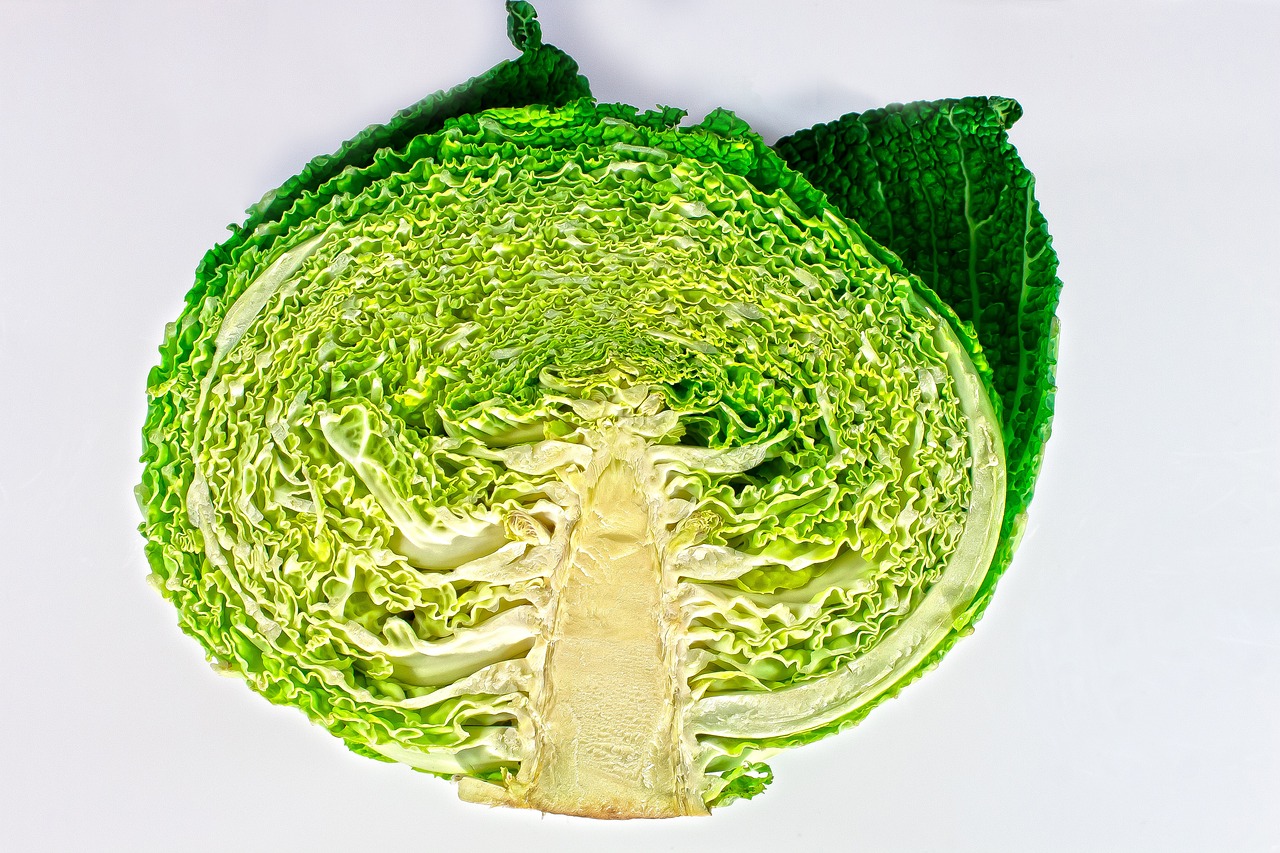The Science of Taste: How Our Palates Perceive Flavor
When it comes to the sensory experience of eating, our taste buds play a crucial role in detecting the five basic tastes. These fundamental tastes are sweet, salty, sour, bitter, and umami. Each taste provides us with unique sensations and helps us distinguish between different flavors in the foods we consume.
The sweet taste is often associated with sugars and brings about a pleasurable sensation on our taste buds. Saltiness, on the other hand, enhances flavor and is essential for various bodily functions. Sourness adds a tangy and acidic note to foods, while bitterness can be found in certain vegetables and beverages. Lastly, umami, which is often described as savory or meaty, contributes to the overall depth and richness of flavor in dishes.
How Taste Buds Work
Taste buds play a crucial role in our ability to perceive flavors. These tiny sensory organs are located on the tongue, roof of the mouth, and even back of the throat. When we eat or drink, the taste buds detect the five basic tastes – sweet, salty, sour, bitter, and umami – through the chemical signals released by the food or beverage.
Each taste bud contains multiple taste cells that are sensitive to different tastes. When these taste cells are triggered by specific molecules in the food, they send signals to the brain via the nerves, allowing us to experience the flavor. Taste buds are not only responsible for identifying different tastes but also for contributing to our overall enjoyment of food and drink. Understanding how taste buds work helps us appreciate the complexity and diversity of flavors in the world around us.
What are the five basic tastes?
The five basic tastes are sweet, salty, sour, bitter, and umami.
How do taste buds work?
Taste buds are small sensory organs on the tongue that allow us to perceive flavors. When we eat or drink something, taste buds send signals to the brain, which then interprets the information as a specific taste.
How many taste buds do we have?
The average person has around 2,000 to 8,000 taste buds on their tongue.
Can taste buds regenerate?
Yes, taste buds can regenerate every 1 to 2 weeks. This is why our sense of taste can change over time.
Do taste buds only exist on the tongue?
Taste buds are not only found on the tongue, but also in other parts of the mouth and throat.
Can taste buds become damaged?
Yes, taste buds can become damaged due to factors such as smoking, aging, or certain medications. This can lead to a decreased sense of taste.





